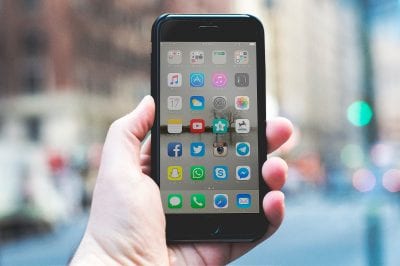Most individuals believe that optimization for accessibility is an aspect that affects websites only, but that is not the case. Your social platform should be accessible, and you can achieve that by embracing an inclusive social media design. Inclusivity in social media aims at enhancing the user experience for individuals with various diversities.
Inclusive social media design will also promote connection with individuals suffering from physical and mental challenges, which makes it a vital concept for all social media users. Here are details on how you can enhance the accessibility of various social sites:
YouTube
• Adding a descriptive transcript to cater to the requirements of those who have hearing and visual impairment
• Using audio descriptions and closed captions for videos
• Correcting caption errors using the caption editor on YouTube
• Including captions on videos
• Following the Facebook Accessibility page to keep in touch with the latest developments
• Encouraging those who use keyboard shortcuts and screen readers on Facebook to make use of the Navigation Assistant tool
• Ensuring that you adjust the contrast and the size of your captions as well
• Prepare a summary of Twitter Chats and have the details on your blog or send them via mail
• Use VoiceOver to create descriptions for images
• Your account page should feature a clear contrast between the bio, background, and avatar
• Include captions to your videos
• Have the option to invert pictures on your feed
• Provide descriptive Instagram captions
• Encode videos with captions pre-upload
Other areas where you should consider inclusivity in social media design include:
Video and Audio
Adding a descriptive transcript for video is critical because it represents important sights and sounds without the use of words and you can add such descriptions in the following ways:
• Live Described Video: Descriptive video techniques involve taking pauses to explain what is happening on the screen, which suggests that this task requires the involvement of knowledgeable individuals.
• Descriptive Audio: It is difficult for those who have poor vision to understand the elements in your non-verbal videos, and for that reason, descriptive audio will come in handy in such cases. Descriptive audio involves writing and recording a video befitting the gaps within essential audio elements.
Images
Using “alternative text” (or “alt text”) as an inclusive social media design strategy is advisable because it encourages visualization of images. You should also remember that the absence of or the use of inappropriate alt text poses challenges on web accessibility and that is why exercising caution when using this feature is paramount.
Color
The ability to differentiate between one color and the other is a challenge for most individuals, and that highlights the importance of color contrast. The recommended contrast between text color and its background is between 4.5 to 1 and there are additional aspects worth noting.
- Use patterns to differentiate data on charts and graphs.
- It is difficult to read on a combination of yellow and blue or red and green colors so avoiding them is a wise idea.
- Use a solid background or opaque overlay if you wish to insert text on images.
You should also avoid the temptation of using color for meaning when focusing on the adoption of an inclusive social media design. The fact that color represents different things for different cultures is an indication that you need the necessary insight to communicate effectively with your audience using color.
Improving web accessibility can prevent a lawsuit, and that applies to inclusive social media design as well. In that case, you should never imagine that you can accomplish the latter task without the necessary insight. Involving professionals in enhancing the accessibility of your social media platform is the right thing to do.
